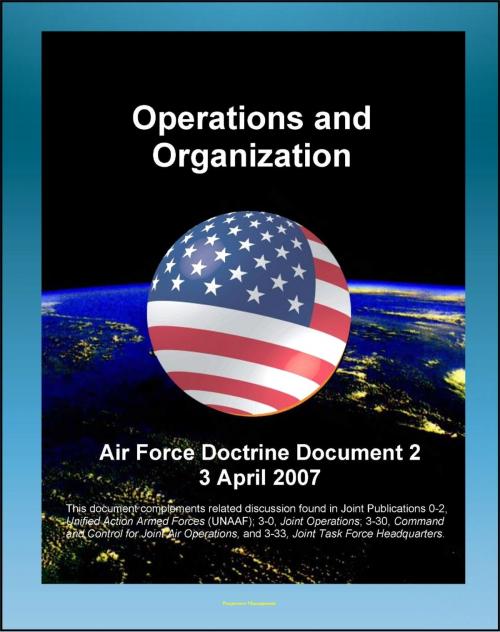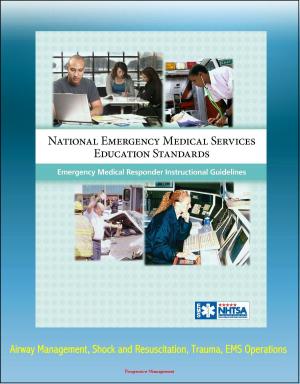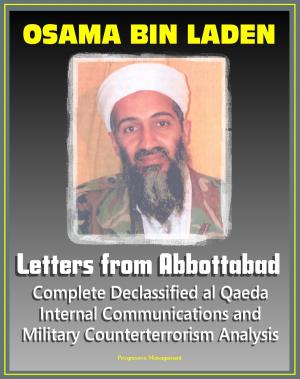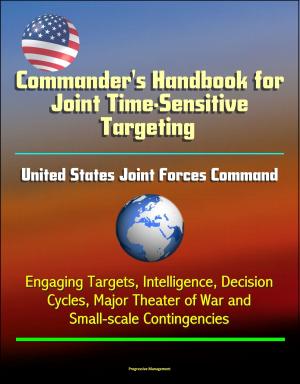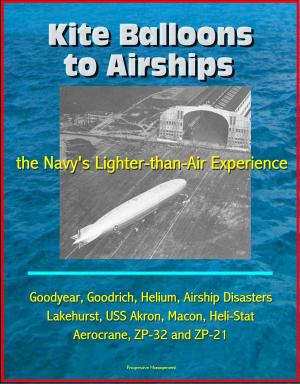Air Force Doctrine Document 2 (AFDD 2), Operations and Organization - USAF Air and Space Operations, War Strategy, Effects-Based Operations (EBO), Air Expeditionary Wing (AEW)
Nonfiction, Science & Nature, Technology, Aeronautics & Astronautics, History, Military, Aviation| Author: | Progressive Management | ISBN: | 9781476223766 |
| Publisher: | Progressive Management | Publication: | April 10, 2012 |
| Imprint: | Smashwords Edition | Language: | English |
| Author: | Progressive Management |
| ISBN: | 9781476223766 |
| Publisher: | Progressive Management |
| Publication: | April 10, 2012 |
| Imprint: | Smashwords Edition |
| Language: | English |
Covering war strategy, tactics, effects-based operations (EBO), AETF, and air expeditionary wing (AEW), this publication, AFDD 2, Operations and Organization, is the companion to AFDD 1 and provides the next level of granularity. It describes how the US Air Force organizes and employs air and space power at the operational level across the range of military operations. The concepts discussed in this publication—the role and responsibilities of the senior warfighting Airman; the basics behind our expeditionary organizational model; the fundamentals of joint and Service command arrangements; how we plan operations; and the means by which we place the collective capabilities of air and space power into the hands of a single Airman—are the foundations for all our operations.
We are in the middle of a long, shadowy war that will be punctuated by episodes of full-up, conventional operations. Many different types of operations will occur simultaneously; tempo and objectives may shift rapidly. We will be challenged to adapt well-practiced tactics and to think in new ways to solve unforeseen challenges. As the war evolves, so must we. Some aspects of warfighting, however, will remain constant. Our doctrine captures these enduring aspects. Our success in meeting the challenges of this rapidly changing world depends on our understanding and applying our doctrine.
Doctrine describes not only how we would command and employ air and space forces today, but is also the point of departure to guide us in meeting the challenges of tomorrow. Air and space power is a critical element in protecting our Nation and deterring aggression. It will only remain so if we, as professional Airmen, study, evaluate, and debate our capabilities and the environment of the future. Just as technology, world threats, and opportunities change, so must our doctrine. Each of you must be articulate, knowledgeable, and unapologetic advocates of our doctrine. We must understand what it means to be an Airman and be able to articulate what air and space power can bring to the joint fight. I encourage you to read our doctrine, discuss it, and practice it.
Contents: Chapter One - An Introduction To Air And Space Operations * Chapter Two - Operations * Chapter Three - Commanding Us Air Force Forces * Chapter Four - Organizing Us Air Force Forces * Chapter Five - The Air And Space Component Within The Joint Force * Chapter Six - Planning For Operations * Chapter Seven - Air And Space Operations Centers * Chapter Eight - The Affor Staff
Covering war strategy, tactics, effects-based operations (EBO), AETF, and air expeditionary wing (AEW), this publication, AFDD 2, Operations and Organization, is the companion to AFDD 1 and provides the next level of granularity. It describes how the US Air Force organizes and employs air and space power at the operational level across the range of military operations. The concepts discussed in this publication—the role and responsibilities of the senior warfighting Airman; the basics behind our expeditionary organizational model; the fundamentals of joint and Service command arrangements; how we plan operations; and the means by which we place the collective capabilities of air and space power into the hands of a single Airman—are the foundations for all our operations.
We are in the middle of a long, shadowy war that will be punctuated by episodes of full-up, conventional operations. Many different types of operations will occur simultaneously; tempo and objectives may shift rapidly. We will be challenged to adapt well-practiced tactics and to think in new ways to solve unforeseen challenges. As the war evolves, so must we. Some aspects of warfighting, however, will remain constant. Our doctrine captures these enduring aspects. Our success in meeting the challenges of this rapidly changing world depends on our understanding and applying our doctrine.
Doctrine describes not only how we would command and employ air and space forces today, but is also the point of departure to guide us in meeting the challenges of tomorrow. Air and space power is a critical element in protecting our Nation and deterring aggression. It will only remain so if we, as professional Airmen, study, evaluate, and debate our capabilities and the environment of the future. Just as technology, world threats, and opportunities change, so must our doctrine. Each of you must be articulate, knowledgeable, and unapologetic advocates of our doctrine. We must understand what it means to be an Airman and be able to articulate what air and space power can bring to the joint fight. I encourage you to read our doctrine, discuss it, and practice it.
Contents: Chapter One - An Introduction To Air And Space Operations * Chapter Two - Operations * Chapter Three - Commanding Us Air Force Forces * Chapter Four - Organizing Us Air Force Forces * Chapter Five - The Air And Space Component Within The Joint Force * Chapter Six - Planning For Operations * Chapter Seven - Air And Space Operations Centers * Chapter Eight - The Affor Staff
